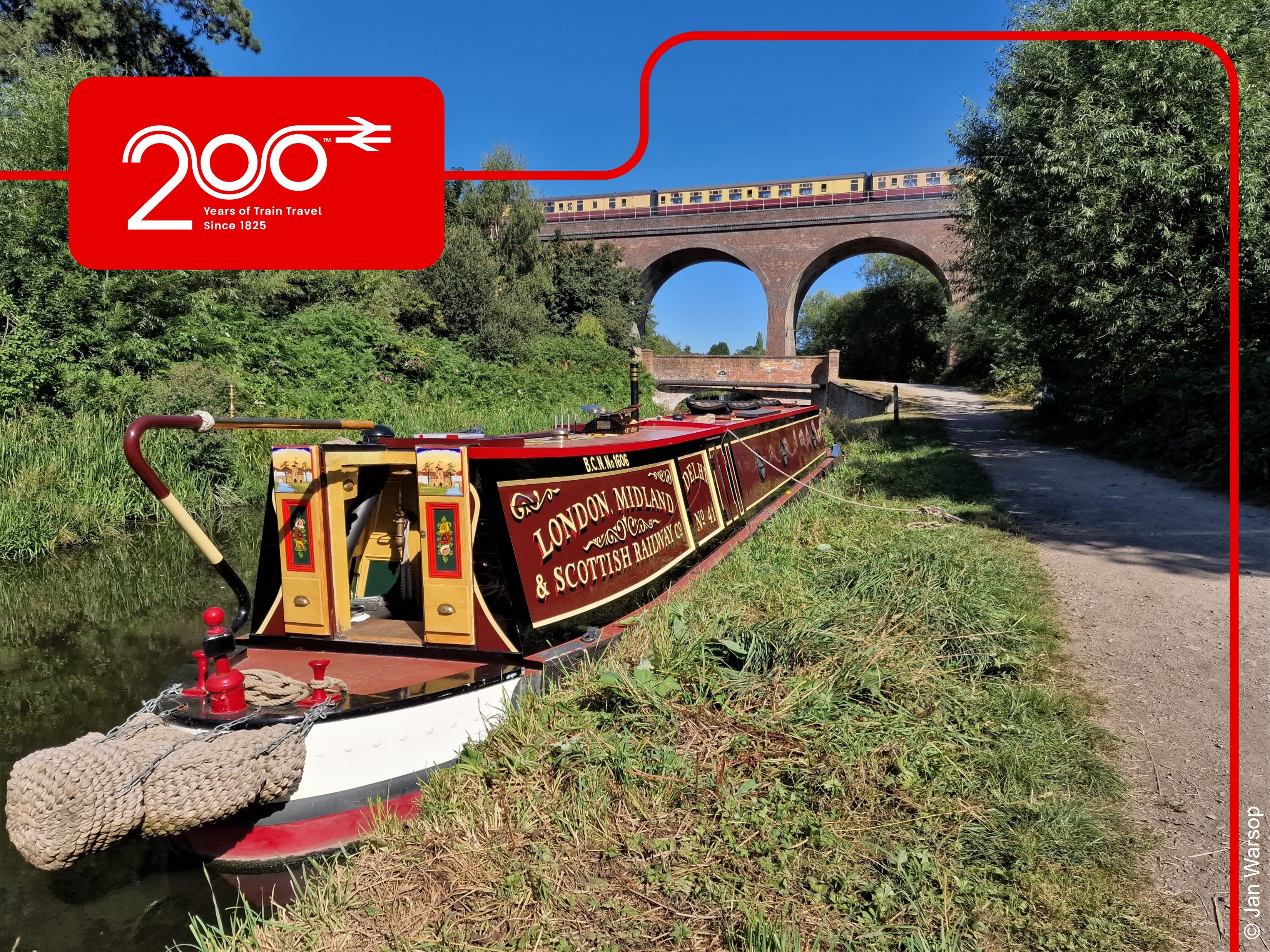With just over 100 days to go until the start of a year-long celebration of 200 years of the modern railway in 2025, plans are being finalised to mark this historic milestone and explore rail’s past, present and future role in national life.
At an event in Darlington today (19 September) Jake Kelly, Managing Director of Network Rail Eastern, encouraged organisations and communities to embrace Railway 200, a once-in-a-generation opportunity to celebrate the railway’s far-reaching impact on how we live our lives and how it’s shaping a more sustainable future.
Railway 200 is a partner-led programme of activities and events across the UK, supported by the rail industry, the UK Government, Transport Scotland, Transport for Wales, the Northern Ireland Executive, rail and business bodies, civic and community groups and a wide range of other partners, including Visit Britain and the Museums Association.
The 200th anniversary will kick-off with an evocative ‘Whistle-Off’ of vintage locomotives at 12 noon on 1 January 2025 at sites across the UK, spearheaded by the Heritage Railway Association.
There will also be a national Railway 200 seat sale in early 2025, offering heavily discounted train travel for great days out, as announced this month by the Secretary of State for Transport.
Events across the UK are being publicised on a new interactive map. Other activities include anniversary-related train namings, open days, heritage trails, rail staff and public events, commemorative books, exhibitions, competitions, school and public talks, steam shows, site visits, murals, quizzes and charity fundraising.
Watch the promotional video here.
As a partner of Railway 200, National Historic Ships UK will be looking to celebrate links between rail and maritime heritage. Throughout its history, the railway has been intrinsically linked to Britain’s maritime and inland waterways sector. Trains and vessels worked together in an interlinked fashion to transport goods and people, with their synergy evident to this day in modern container ports. Rail companies often had a waterborne arm to extend their reach from a tourism perspective and, trains were used to transport vessels from their build site to their service location.
If you have any stories or images to share regarding a specific vessel’s connection to rail, or wider amphibious networks where trains and vessels cooperated, do let us know at info@nationalhistoricships.org.uk and send any information you have. This also applies to current connections, such as skills exchanges or related projects, including days out or discounted tickets for rail passengers.

